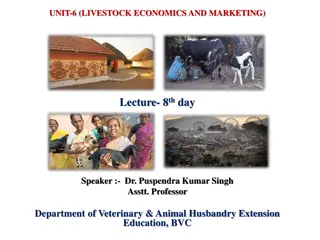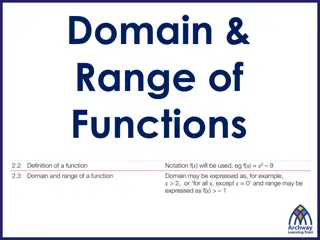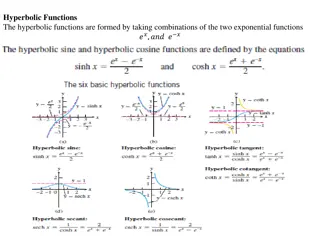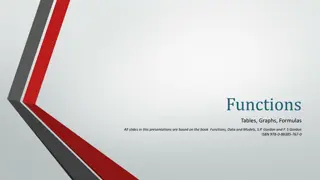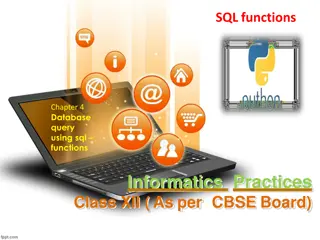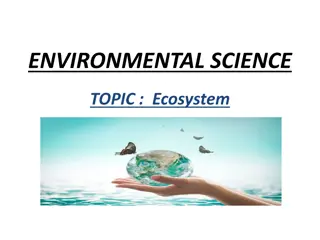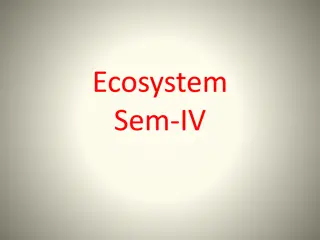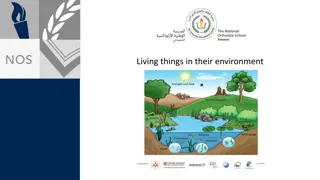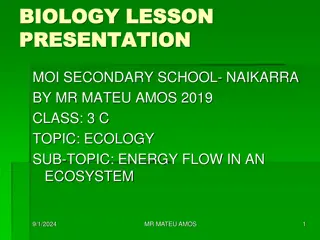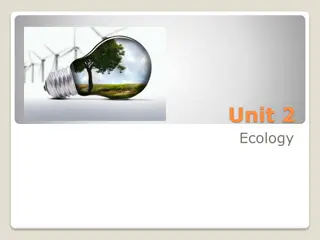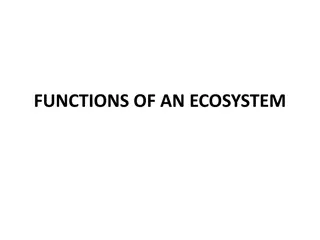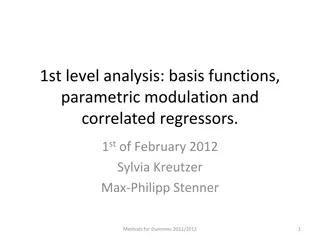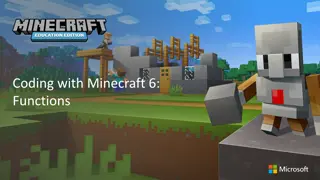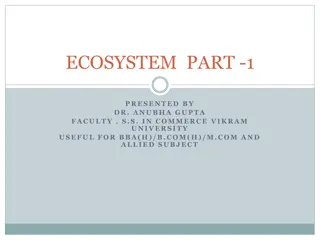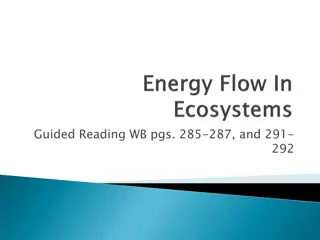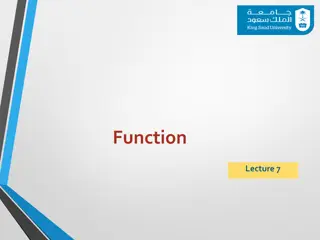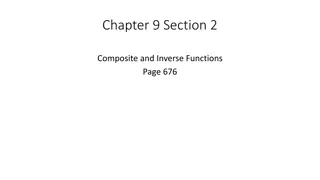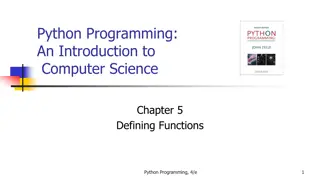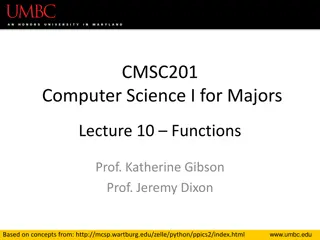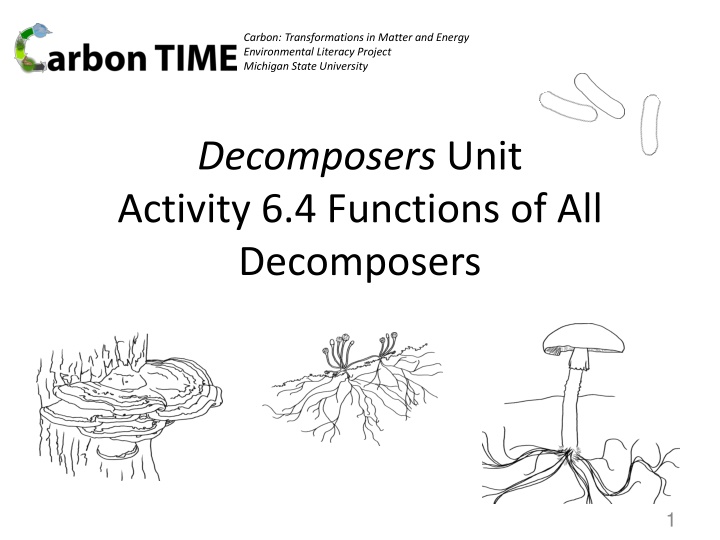
Functions of Decomposers and Matter-Energy Transformations
Explore the common functions of decomposers and how they digest food, grow, and use energy. Understand how matter and energy move and change in a system, focusing on molecules, atoms, and energy forms during chemical changes.
Download Presentation

Please find below an Image/Link to download the presentation.
The content on the website is provided AS IS for your information and personal use only. It may not be sold, licensed, or shared on other websites without obtaining consent from the author. If you encounter any issues during the download, it is possible that the publisher has removed the file from their server.
You are allowed to download the files provided on this website for personal or commercial use, subject to the condition that they are used lawfully. All files are the property of their respective owners.
The content on the website is provided AS IS for your information and personal use only. It may not be sold, licensed, or shared on other websites without obtaining consent from the author.
E N D
Presentation Transcript
Carbon: Transformations in Matter and Energy Environmental Literacy Project Michigan State University Decomposers Unit Activity 6.4 Functions of All Decomposers 1
Unit Map You are here 2
Explaining What Decomposers Have in Common Here are three functions that all decomposers have in common. For each function, explain how decomposer cells work to accomplish that function. 1. All decomposers digest food made mostly of water and large organic molecules. How do they digest and take in food? 2. All decomposers grow. How do their cell(s) do that? 3. All decomposers use energy to move and function. How do their cell(s) do that? 3
Good answers to questions about animal cells Answer each of the questions (numbered 1-4) below to explain how matter and energy move and change in a system. Note that matter movement is addressed at both the beginning (1) and end (4) of your explanation. Question Evidence We Can Observe Where are molecules moving? Rules to Follow Moving solids, liquids, and gases are made of moving molecules. All materials (solids, liquids, and gases) are made of atoms that are bonded together in molecules. How do molecules move to the location of the chemical change? A change in mass shows that molecules are moving. Scale: The matter movement question can be answered at the atomic- molecular, cellular, or macroscopic scale. How do molecules move away from the location of the chemical change? Question Evidence We Can Observe How are atoms in molecules being rearranged into different molecules? Rules to Follow Atoms last forever in combustion and living systems. BTB can indicate CO2 in the air. Atoms can be rearranged to make new molecules, but not created or destroyed. Organic materials are made up of molecules containing carbon atoms: fuels living and dead plants and animals decomposers What molecules are carbon atoms in before and after the chemical change? foods Carbon atoms are bound to other atoms in molecules. Scale: The matter change question is always answered at the atomic- molecular scale. What other molecules are involved? Evidence We Can Observe Question Rules to Follow What is happening to energy? We can observe indicators of different forms of energy before and after chemical changes: Energy lasts forever in combustion and living systems. Energy can be transformed, but not created or destroyed. What forms of energy are involved? C-C and C-H bonds have more stored chemical energy than C-O and H-O bonds. light energy heat energy What energy transformations take place during the chemical change? chemical energy stored in organic materials Scale: The energy change question can be answered at the atomic- molecular, cellular, or macroscopic scales. motion energy 4
Share Your Answers How did you explain each of the three functions? Do your explanations answer the Three Questions? How do your answers compare to your classmates? 5
How have your ideas changed? Gather together your process tools for the unit (Expressing Ideas Tool, Predictions Tool, & Evidence-Based Argument Tool, Explanations Tool). How have your ideas changed related to: Scale? Movement? Carbon? What do you know now about how decomposers grow, move, and function that you didn t know before this unit? 6
Learning Tracking Tool Record the activity chunk name Explaining Other Examples and your role, Explainer. Discuss what you did during the activity chunk and record your ideas in the column, What Did We Do? Discuss with your classmates what you figured out will help you to answer the unit driving question. Record your ideas in the column What Did We Figure Out? Discuss lingering questions you have and record them in the column What Are We Asking Now? 7

